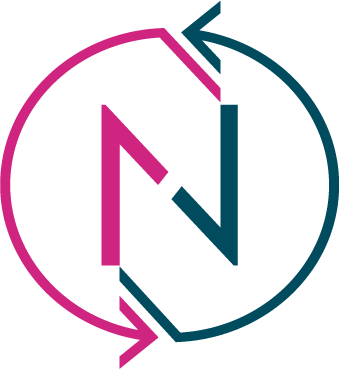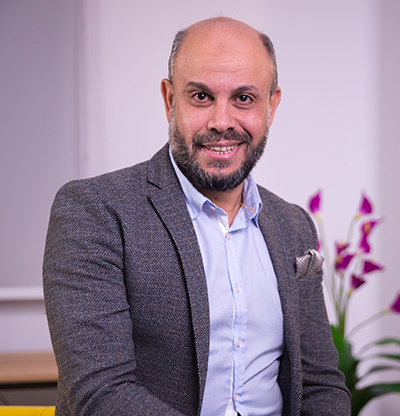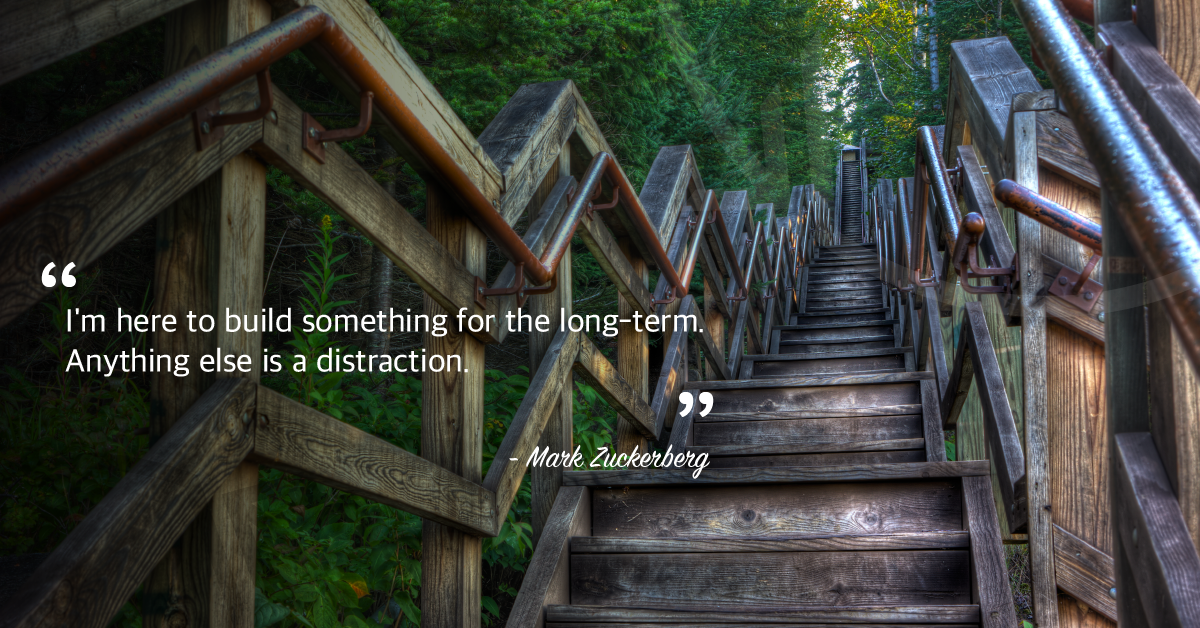
Funding our calling in life follows finding it. To discover your life’s purpose is to find your calling. It’s about making a difference in people’s lives, or, to put it in business terms, adding value to the marketplace. Next, comes the issue of how to fund it in order to market it and make a profit out of it. The business you will be building around this life-long calling should be sustainable, liberating and rewarding. What happens is that, when confronted with how to fund this calling, we usually opt for what is easy rather than what is right.
The viability of your business is dependent upon your vision. Do you build something to sell afterwards, or, you build it to keep it? Being clear from day one saves you time. Having the mindset of building to sell, is taking the direction of raising money and looking for investors; while building to keep, is a totally different mindset: that of generating money from customers. The build-to-sell route is to grow at speedy pace with a super-fast growth and a mere interest in money more than freedom. The build-to-keep route is more arduous, slow-paced, self-sustaining but liberating in the long run.
Related: How To Stop Being Rushed By Others Timelines
External funding plays a crucial role in making or breaking start-up successes. Among the 20 primary reasons that start-ups fail, failing to find funding is the No. 16 reason. That was one of the findings of the report revealed by New York-based venture capital database CB Insights. Other parties estimate that between 70 to 75 percent of venture-backed startups don’t return the money investors put in. When CB Insights tracked more than 1,000 startups that raised seed rounds in 2009 and 2010, they found that by the end of 2015, less than half secured a second round of funding. Just 22 percent achieved a sale or IPO.
Based on the warning signs of the expected downturns in economy similar to the dot-com bubble burst 15 years ago, I recommend, wholeheartedly, the route of the brave. It is the one that is obsessed over the health of one’s business. This healthy route is characterized by achieving certain criteria.
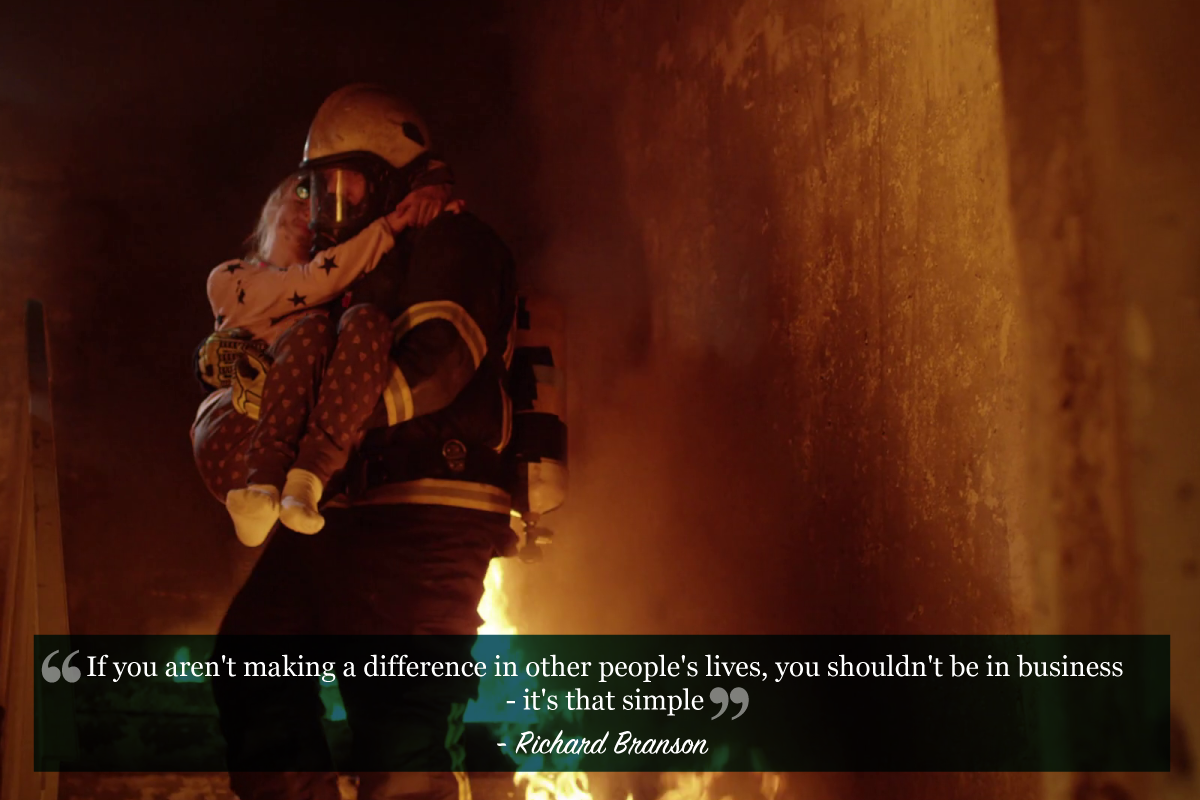
The first criterion is controlling your destiny. Though you will exert a lot of effort to generate money from paid customers, you have more freedom to decide what and when to take the next step. When you rely on the external funding for your business, you will be distracted from your money-making goals. Having the easy money from outside funding makes you consume it before generating money from the market. The moment you get investors in is the moment you lose control over your business. Worse still, through multiple rounds of capital raising, you may find that you are no longer in charge of running the company. Steve Jobs ran through this when he co-founded Apple and raised money. By time the investors took control over Apple, Jobs was kicked out.
The second criterion is to stay focused on yourmission. Vision is selfish while mission is delivering value to others. Balancing your vision and mission is mandatory for the sustainability of your business. When you are focused on your mission, while keeping an eye on your destination, money is made and can be reinvested in your business. Only through your commitment and providing real value to the world, can you survive the storm and find profitability. Sara Blackely, Spanx founder, with just $5,000 as an initial investment, and an idea, went from selling fax machines to launching an apparel company that runs global and generates millions of dollars.
The third criterion is leveraging your assets. Selling your freelance services based on the expertise that you already have, can generate you the money needed. When Ben Chestnut, co-founder and CEO of Mailchimp, graduated from college, he got a job as a banner and designer. The company he worked for closed down 6 months after he joined. He decided to have his own business but never looked for investors. Instead, he pitched for paying customers. He went knocking on doors till he got his first deal of $13,000 project then a second project worth of $32,000 before even getting a business license of his new company. Consider freelancing as a way to fund your startup idea and build your business around what works, as Chestnut did.
The fourth criterion is to move through multiple rivers. Surviving at the early stages of your startup is similar to the natural world where the creative and adaptive species live and the rigid do fall. Master working at the online and offline fronts. While the online gives you scaling, the offline gives you scoping. We are more drawn to the scaling of the online landscape, but let me tell you from more than 30 years of experience in both fronts, that the offline world is more important than the online as you can develop a more intimate and lasting relationship with your customers. Use the online to investigate about your prospect: study his financial status, his competitors, and know his brand better. Such online intelligence helps you connect with him offline.
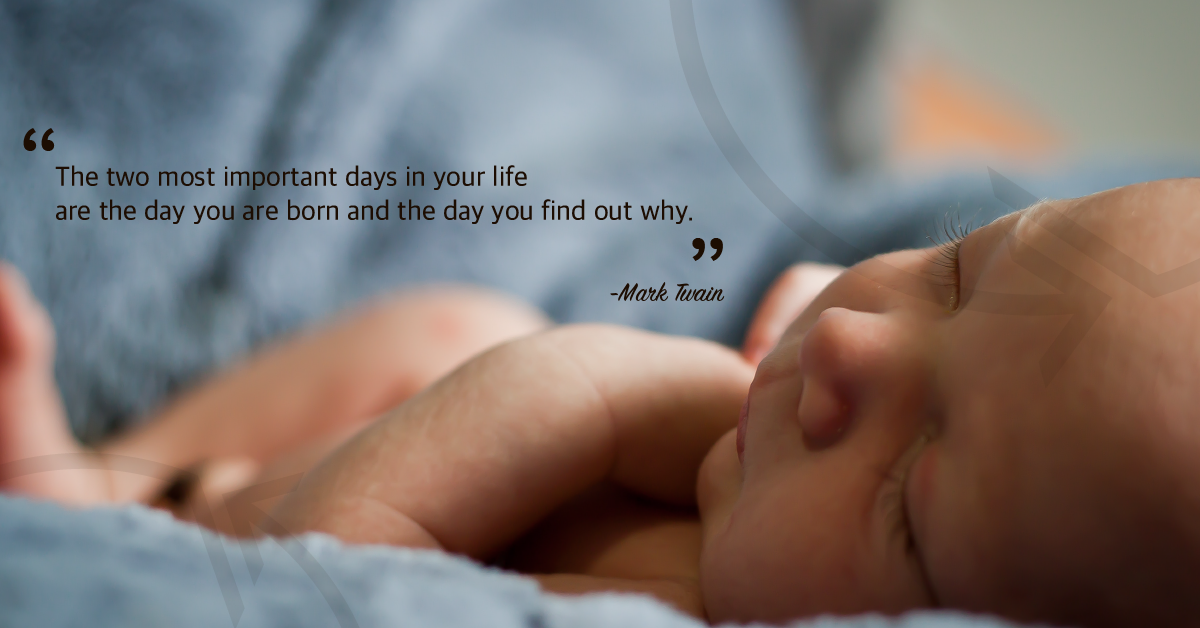
To build a sustainable business, focus on generating capital rather than raising it. The flipping business that is characterized by raising capital from external investors is short-lived as it’s built on a grow-to-sell mindset. The sustainable business is the one suited for the brave: the ones who seek control over their destinies through monetizing their businesses as soon as they launch them.
